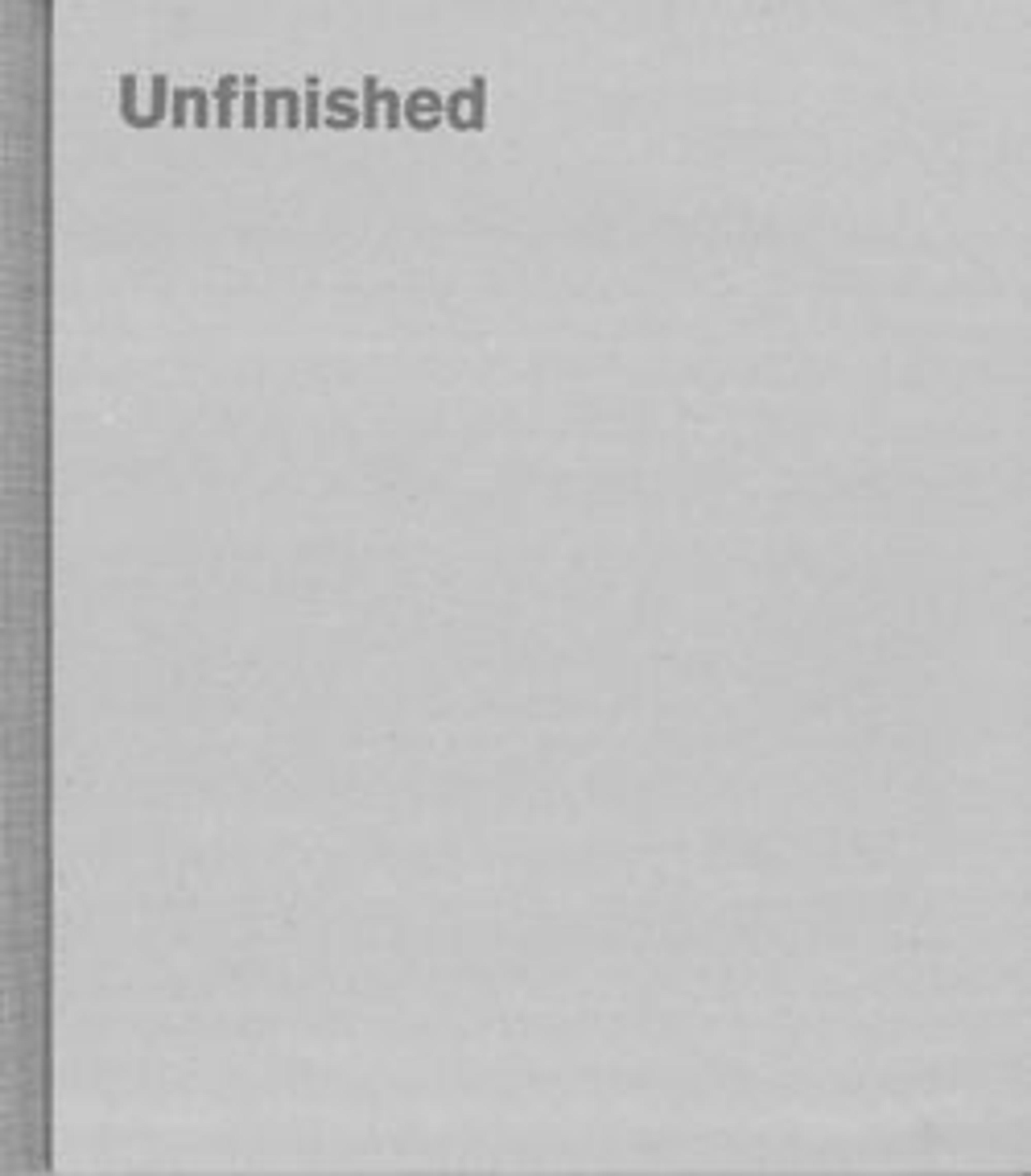Chapel of Saint Joseph, Saint-Tropez
Saint-Tropez was still a small fishing town when Matisse stayed there with his wife and four-year-old son from mid-July through mid-October 1904. There, he painted the plain facade of the seventeenth-century chapel of Saint Joseph against the intense blue Mediterranean sky. The shadowy area in the foreground, however, which appears to represent a low enclosure, is painted with less resolved strokes of paint that continue up the right edge of the canvas and into the foliage at the upper right corner. The painting’s delicate palette and contrasts of light and dark, finished and spontaneously executed non finito passages, reflect Matisse’s aim to merge the immediacy of inspiration he derived from plein-air painting with his vision of an art of "balance, of purity and serenity." The work remained with Matisse’s heirs until 2002.
Artwork Details
- Title:Chapel of Saint Joseph, Saint-Tropez
- Artist:Henri Matisse (French, Le Cateau-Cambrésis 1869–1954 Nice)
- Date:1904
- Medium:Oil on canvas
- Dimensions:23 1/2 x 28 3/8 in. (59.7 x 72.1 cm)
- Classification:Paintings
- Credit Line:The Pierre and Maria-Gaetana Matisse Collection, 2002
- Object Number:2002.456.13
- Rights and Reproduction:© 2025 Succession H. Matisse / Artists Rights Society (ARS), New York
- Curatorial Department: Modern and Contemporary Art
More Artwork
Research Resources
The Met provides unparalleled resources for research and welcomes an international community of students and scholars. The Met's Open Access API is where creators and researchers can connect to the The Met collection. Open Access data and public domain images are available for unrestricted commercial and noncommercial use without permission or fee.
To request images under copyright and other restrictions, please use this Image Request form.
Feedback
We continue to research and examine historical and cultural context for objects in The Met collection. If you have comments or questions about this object record, please contact us using the form below. The Museum looks forward to receiving your comments.
